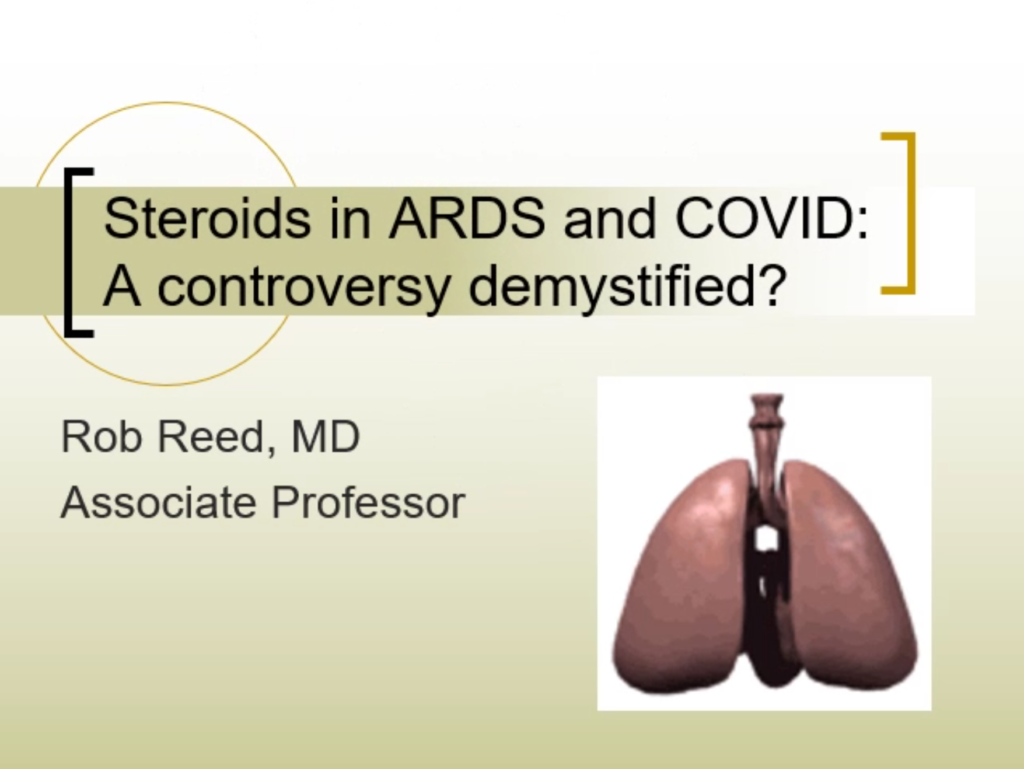Today we have asked Dr. Emilie Calvello, MD, MPH to speak to us on a sensitive but crucial topic: bioterrorism. Dr. Calvello currently holds the position of Clinical Assistant Professor of Emergency Medicine at the University of Maryland as well as numerous faculty divisions around the world. In addition to her countless hours of work in Liberia, Dr. Calvello has taught the art of austere medicine all over the globe. Over the next 60 minutes, she will explain that often the smallest weapons can be the most dangerous. This is a lecture you cannot afford to miss!
Pearls
- Bioterrorism: the use of high impact biological weapons with the purpose of creating fear, illness or death
- Ideal agent: stable, high infectivity, easy to deliver, little treatment/prophylaxis, multiple routes of delivery
- Critical Actions:
- Recognition: look for rare presentations/outbreaks, targeted clusters, high/rapid fatality rates
- Diagnosis: early CDC activation
- Infection Control: Personal protective equipment
- Initiate Treatment: when able, post-exposure prophylaxis (PEP)
- Emergency Management: often the “terror” of the attack is more destructive then those actually effected
Class A Agents
- Anthrax: easy to acquire, easy to produce, easy to disseminate, delayed diagnosis, cheap/cost effective (100kg aerosolized → >3 million dead)
- Inhalational: <5% of cases → 45-89% mortality
- Incubation: 2-43 days
- Prodrome is flu-like (no nasal symptoms) → septic shock/DIC → dead in 36 hours
- Hallmark: Hemorrhagic meningitis
- Imaging: CXR shows widened mediastinum (late finding)
- Cutaneous (hands/arms with eschars): 95% of cases → <1-20% mortality
- Incubation: 3-5 days (max 12 days)
- Little prodrome, little to no constitutional symptoms
- Diagnosis: easy to culture
- Treatment: empiric Cipro or Doxy (+Clinda, Rifampin)
- 14 days for inhalational, 60 days for cutaneous
- Thoracentesis increases survival
- Steroids are used for SEVERE disease only
- PEP: Cipro or Doxy (only if exposed directly to spores) x 60-100 days + Vaccine
- Precautions: Standard only (no human to human transmission)
- Inhalational: <5% of cases → 45-89% mortality
- Plague: highly contagious, passed by fleas AND human to human transmission (pulmonary)
- Pneumonic: 2-12% of cases → 57% mortality (>90% if untreated)
- Hallmark: rapid onset hemoptysis
- Bubonic: most common → <5% mortality (40-60% if untreated)
- Hallmark: Swollen lymph glands, termed buboes
- Diagnosis: culture (bipolar staining bacili), DO NOT I+D buboes as it will retard healing
- Treatment: Streptomycin (#1), Gentamicin, Doxycycline, Chloramphenicol
- PEP: Doxy or Cipro
- Precautions: Droplet precautions with 48 hours of isolation after treatment is started
- Pneumonic: 2-12% of cases → 57% mortality (>90% if untreated)
- Smallpox: “eradicated” in 1977 (but surpluses still exist!)
- No animal reservoir/vector
- HIGHLY contagious: aerosolized
- 25-30% mortality
- Stages:
- Incubation: asymptomatic for 12-14 days
- Prodromal: flu-like for 3-5 days
- Eruptive rash: same staged vessicles, torso sparing rash
- Diagnosis: PCR and CDC notification (for even one case!)
- Isolation: N95, HEPA filter, Autoclave AND incinerate everything
- Treatment: supportive only
- PEP: 17 day fever watch as fever precedes rash
- Vaccine: decreased incidence by 2-3 fold, decrease mortality 50% + Immuonoglobulin
- Viral Hemorrhagic Fever: 4 RNA viruses that attack vascular endothelium → shock/coagulopathy
- Spreads by direct contact
- Treatment: Ribavirin or Blood transfusion (especially Lassa Virus) + supportive
References
- Radosavljević V, Jakovljević B. Bioterrorism–types of epidemics, new epidemiological paradigm and levels of prevention.Public Health 2007;121(7):549-57.
- Karwa M, Currie B, Kvetan V. Bioterrorism: Preparing for the impossible or the improbable. Crit Care Med 2005;33(1 Suppl):S75-95.
- Christian MD. Biowarfare and bioterrorism. Crit Care Clin 2013;29(3):717-56.






